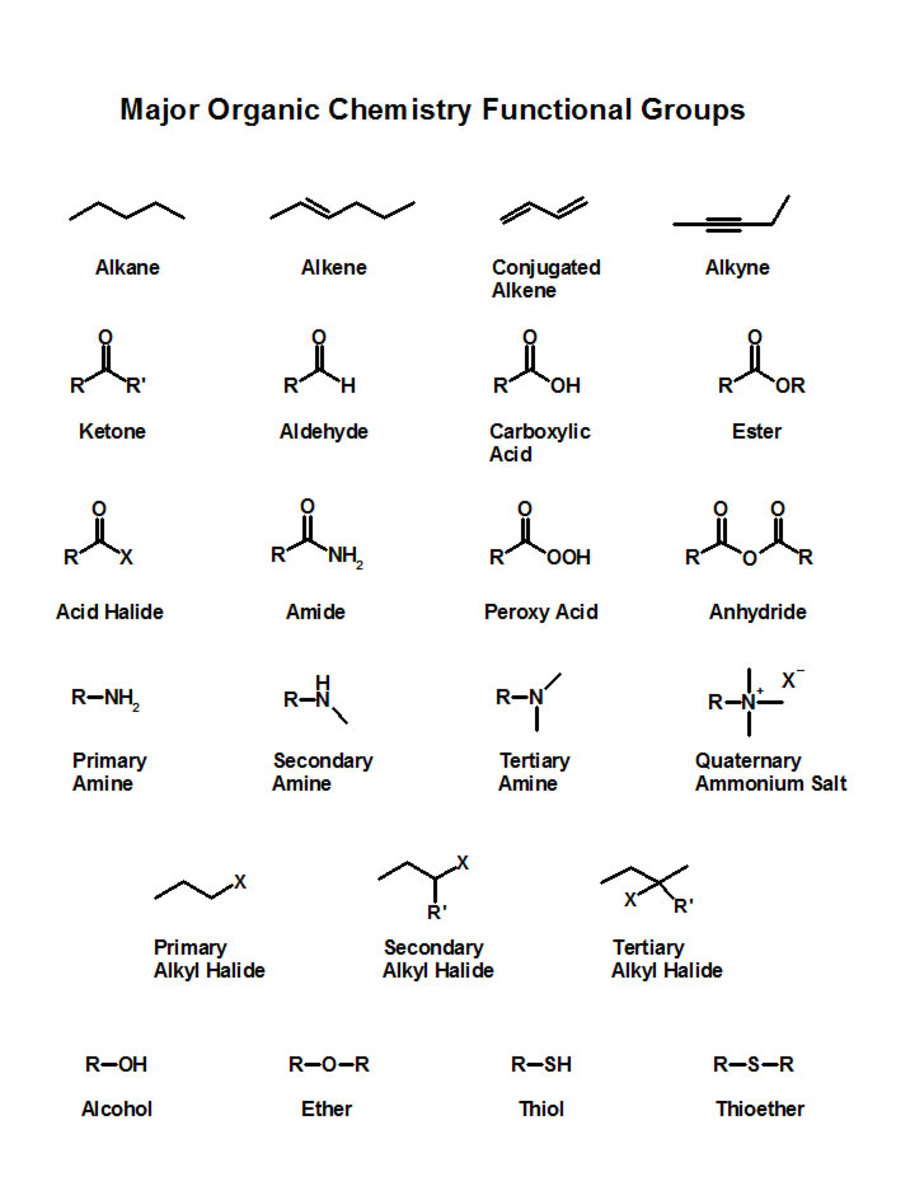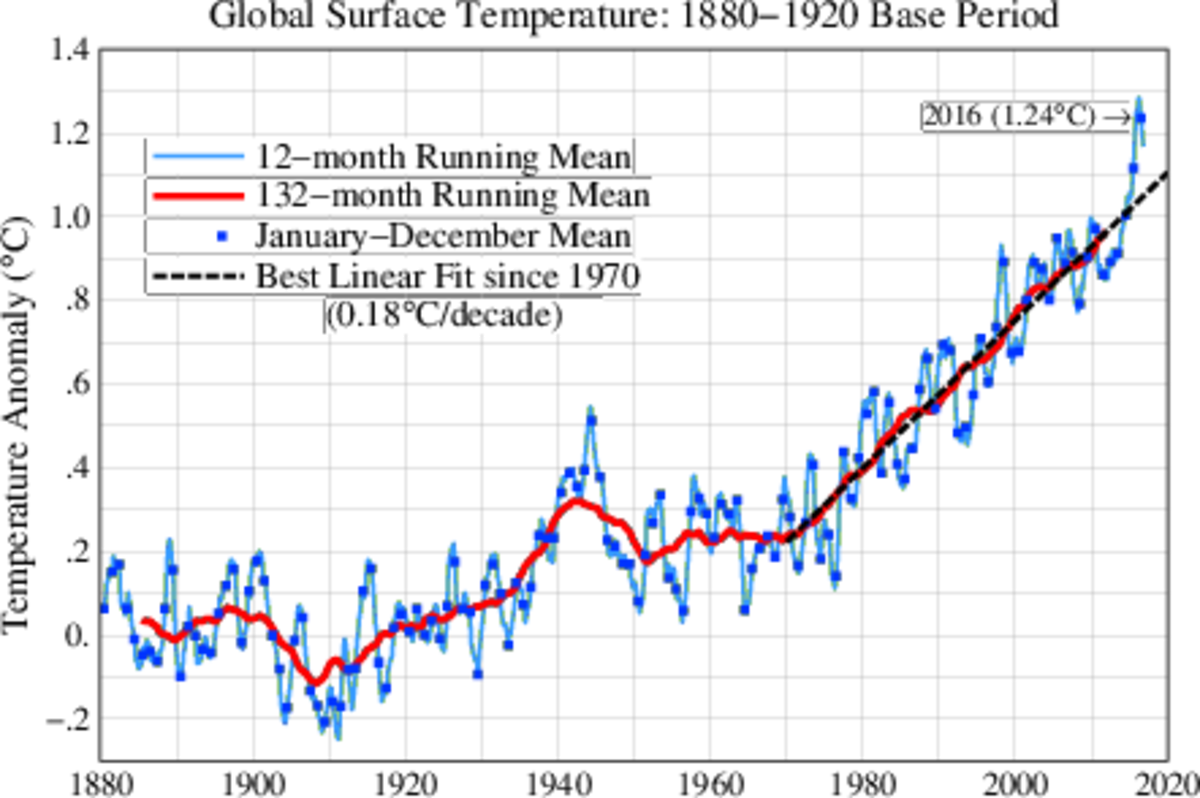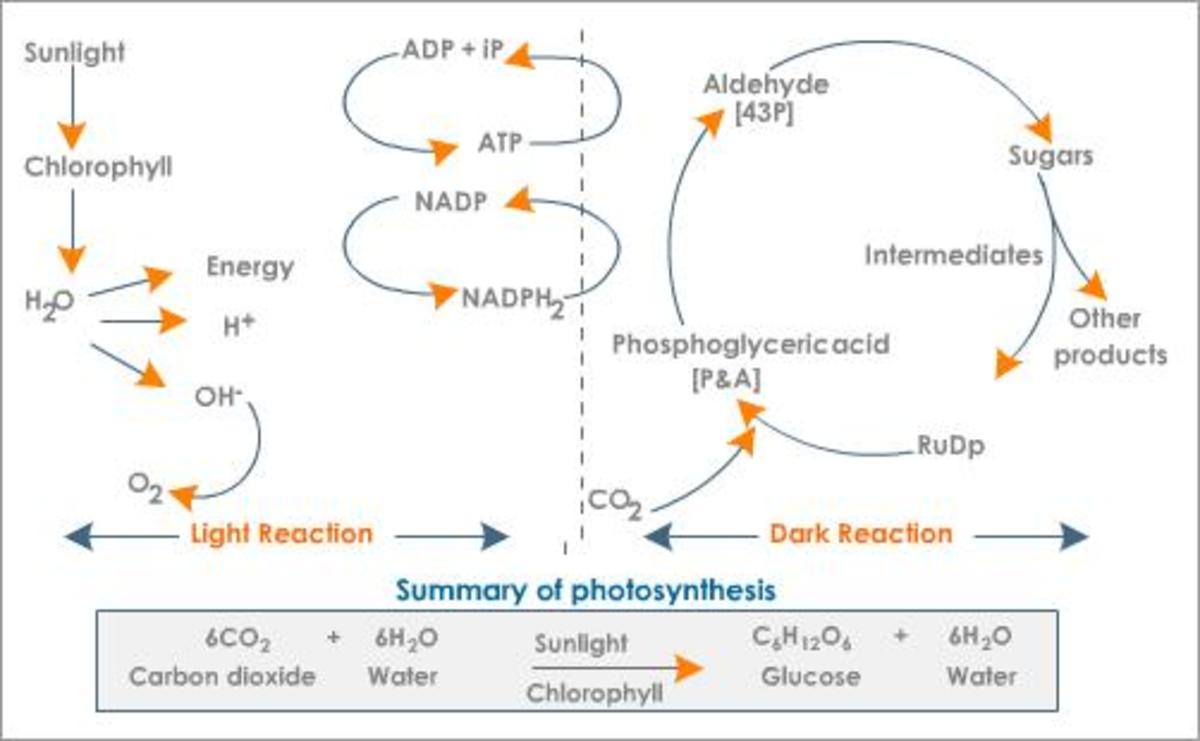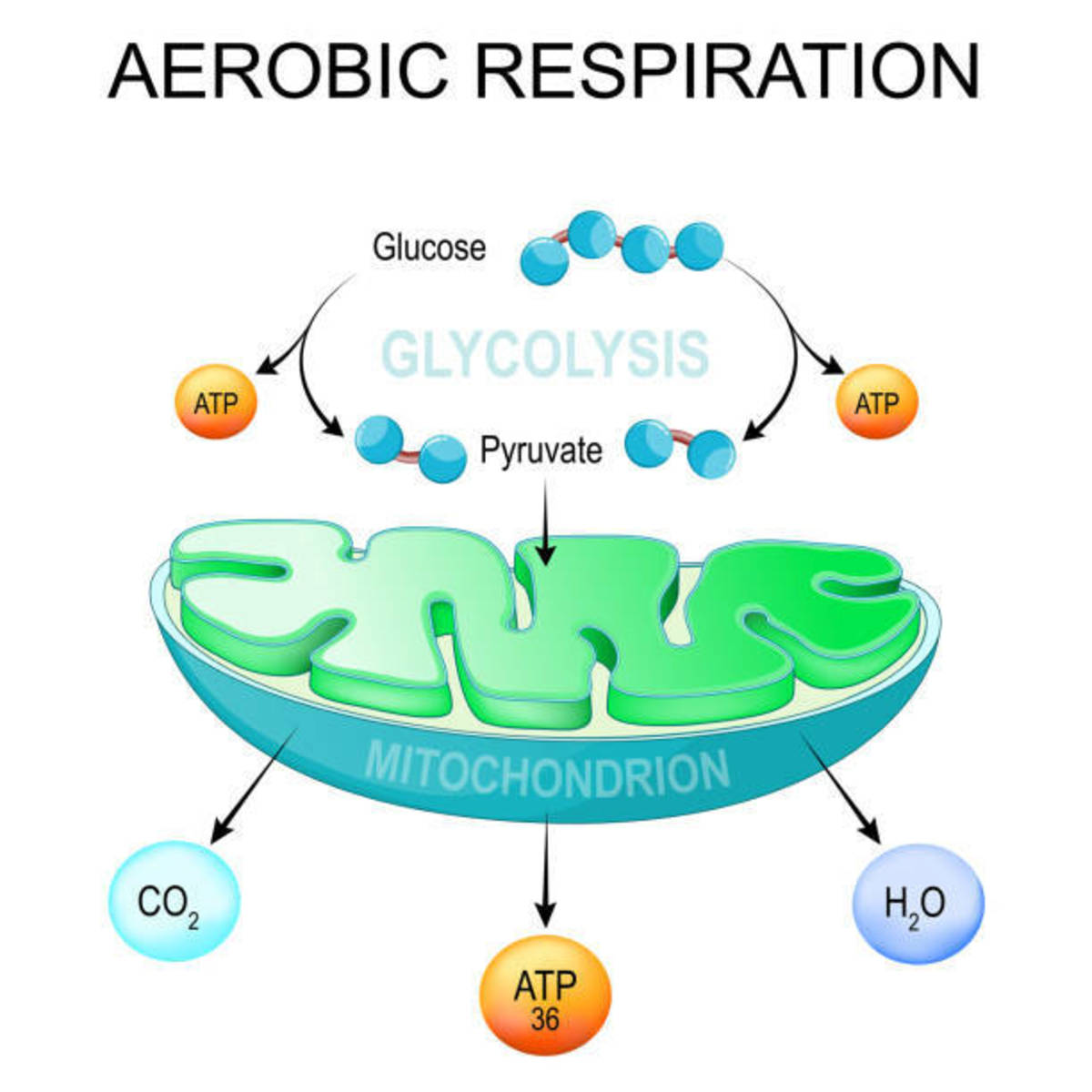The Buckyball
The Buckyball
The Buckyball: A new form of Carbon
Background
A few years ago, scientists made a breakthrough Called buckminsterfullerene, or the buckyball that could revolutionize the world of chemistry. This molecule has scientists the world over scrambling to find new and unusual uses for this unique molecular oddity.
Origin of Name
Buckminsterfullerene is a tribute to the designer of the geodesic dome, R. Buckminster Fuller. Fuller pioneered architecture by creating such domes, known for their lightness, strength, and characteristic shape. Epcot Center in Walt Disney World, Florida, is arguably the most notable geodesic dome structure.
Buckyball - A new Carbon Form
The buckyball is a new form of carbon, previously undiscovered until the early 1980's
Previous known carbon forms
Before this discovery, there were only two known forms of "pure" carbon to be found on Earth. The first is graphite, the material used in pencils. Contrasted radically to graphite is the second form of pure carbon: diamond, practically the antithesis of graphite, it's a rigid crystal. Yet both graphite and diamond are made up of pure carbon.
Buck ball Elements
Also made with pure carbon is the buckyball, consisting of an inconceivable 60 carbon atoms, all linked together to form a hollow, spherical ball. The 60 carbon atoms form what is called a truncated icosahedron, which literally looks like a soccer ball. It consists of 12 regular pentagons and 20 regular hexagons. The C60 molecule does not bond readily to other atoms or molecules, as all bonds are to another carbon atom. The buckyball is the only molecule of a single atom to form a hollow spheroid, and it spins at over one hundred million times per second.
Rotations
According to John R.D. Copley, physicist at the National Institute of Standards and Technology, "there are 174 ways that [the buckyball] can vibrate." One of the principal researchers of the buckyball is Richard E. Smalley, professor of physics and chemistry at Rice University, Houston. Smalley asserts that it is the largest possible symmetric molecule, saying:
"Sixty is the largest number of proper rotations in the icosahedral group. That, in turn, is the largest point group-the largest group where symmetry operations, rotations, reflections, etc. leave one point unmoved. This makes C-60 the most symmetric possible molecule. "
Characteristics
The buckyball, being the roundest of round molecules, is also quite
resistant to high speed collisions. In fact, the buckyball can withstand slamming into a stainless steel plate at 15,000 mph, merely bouncing back, unharmed. When compressed to 70 percent of its original size, the buckyball becomes more than twice as hard as its cousin, diamond.
Perhaps the most exciting characteristics of the buckyball are that it
is hollow on the inside, and all elements in the periodic table will fit inside. This could create any number of practical uses, the most notable being in the field of medicine. Drugs could be administered molecularly, or more importantly, individual radioactive molecules could be contained within the buckyball for specific treatment of cancer, compared to chemotherapy, which bombards the patient with low level (yet relatively large quantities of) radiation.
Incredible Malleability
Already mentioned is the buckyballs incredible malleability. Robert
Whetten of the University of California at Los Angeles states, "[the buckyball] is resilient beyond any particle that's been known," having sustained no damage after being hurtled at a stainless steel plate at 15,000 mph. Resilience is an asset in creating rocket fuels, as they must undergo extreme pressures. In addition, the buckyball's compressibility up to seventy percent of its original volume might tend to create a new type of shock absorber, able to withstand a
15,000 mph collision unscathed. Either that, or the buckyballs could be
compressed and held, which could take the place of industrial diamonds, as a compressed buckyball is at least twice as rigid as diamond. This characteristic could prove to be suitable in either metals or plastics, creating a super-strong, relatively cheap armor.
History
The discovery of the buckyball can be likened to the discovery of benzene in 1825. Benzene is made up of a six carbon ring along with six hydrogen atoms (C6H6). Benzene revolutionized chemistry, and is the father of innumerable compounds, many of which formed the basis of many everyday products. Some of these products include plastics, aspirin, paints, and even nasal decongestants.
New Benzene
What benzene did in the past, scientists hope to repeat with the buckyball today. Scientists even anticipate greater breakthroughs with the buckyball since it is ten times larger than benzene. Smalley shows his perspective and excitement by stating, "This isn't 1825. It's like discovering benzene, only now you have all the techniques and the scientific instruments of the 1990's available."
History of Discovery
Smalley is credited with the discovery of the buckyball, along with his
Rice University associates Robert Curl, Jim Heath, and Sean O'Brien. Harry Kroto, of the University of Sussex in England, also contributed greatly to Smalley et al. The discovery of the buckyball is an inspiring story of perseverance and dogged determination, reminiscent of the "golden age" of discovery, fraught with dead ends and false leads. It is a classic story in every sense of the word, bridging the gap between two continents and over five years of arduous, involved research.
Uses
Research on the buckyball continues through this day, due to the
buckyball's extremely mutable nature. "Depending on the compound, the
[buckyball] can serve as a conductor, insulator, semiconductor, or
superconductor," says Smalley.
1) Fuzzyball
A fuzzyball is created by adding single atoms to the outside of the
buckyball. One example predicted would be the fully hydrogenated buckyball, C60H60. This would cause the buckyball to take on a fuzzy appearance, hence the name. There are many applications to fuzzyballs, one of which could create a slicker substance than teflon. A fully fluorinated buckyball would create the slickest molecular lubricant known to man, C60F60. The uses for a molecular lubricant are boundless, limited only by our imagination.
2) Superconductor & Insulator
Our imagination is the only limiting factor in the buckyball research. A pure buckyball is an insulator while the buckyball becomes a superconductor with the addition of a few atoms, including potassium. However, if too many potassium atoms are added to a single buckyball, it will become insulating instead of superconducting. Three potassium atoms create the best conditions for superconductivity. K3C60 is a stable metallic crystal with a face-centered cubic form of buckyballs, with potassium ions filling the gaps between buckyballs. This potassium buckide is the first molecular metal that is totally three-dimensional. Therefore, metallic buckides could be produced as a totally free superconductor, not linear, but in all three dimensions.
3) Ferromagnetic Properties
The buckyball also exhibits ferromagnetic properties. Led by Pierre-Marc Allemand at the University of California at Santa Barbara, the research team combined buckyballs with a reactant which readily donated its electrons to the carbon molecules. The compound was then cooled, then warmed again. The compound became magnetic when it was warmed to 16 kelvins, and only one organic magnet works at a higher temperature.
4) Buckyball Battery
Smalley discussed plans to create a buckyball battery, created by
wrapping lithium and fluorine atoms in a buckyball cage. Lithium and fluorine create energy when combined, but oxygen will attack the molecules in the air, unless shielded by a buckyball shell. Some scientists also suggested making batteries by stripping away electrons from the buckyball.
5) Plastics
Another revolutionary line of thought is to create a whole new line of
plastics, created by stringing buckyballs together, and hanging individual atoms or chemical groups off each buckyball. Organic chemist Fred Wudl of the University of California at Santa Barbara states that "it's the starting material for making a whole new family of organic compounds."
6) Carbon Fibers
Already present in a number of products are carbon fibers. Graphite
fibers are used in such products as tennis rackets, golf clubs, bicycles, and airplane parts-all products which stress strength and durability. Carbon, or graphite, fibers are already the strongest fibers known, which is why the discovery of buckytubes is so exciting. The buckytube is an elongated fullerene, hollow in the center as the buckyball. It is basically a buckyball stretched out to form a tube. This tube creates a fiber even stronger than graphite fiber, since it is a single molecule. Again, industry could be revolutionized.
7) Diamonds
Another startling use of buckyballs practically utilizes ancient alchemy to turn buckyballs into diamonds. French and Argentine chemists have found a way to subject buckyballs to steep pressure gradients, which in turn cause the buckyballs to change into diamonds. Graphite also can be turned into diamond crystals, but that requires a higher temperature and higher pressure gradients. The method with buckyballs can be done at room temperature.
Conclusion
All in all, the discovery of buckminsterfullerene, and other fullerenes, is arguably the most significant scientific breakthrough in this century. It has the potential to have a far greater impact on modern society than benzene, the buckyball of the 1800's. There are scores of scientific research teams all competing to find new imaginative services that the buckyball can afford to humanity. The collaborations and circumstances all fell together to create the scientific marvel that is the buckyball.
The only tragedy in the story of the buckyball is that its namesake, R. Buckminster Fuller, did not live to see the scientific explosion created just a scant few years ago. Sadly, Buckminster Fuller, or "Bucky," as he preferred to be called, died on July 3, 1983. Had he lived, he undoubtedly would have gotten involved with some form of research into this fascinating molecule, regardless of whether or not it was named after him. He was a true visionary, a man who believed in the unquenchable human spirit and quest for knowledge. Bucky Fuller was many things to all people: inventor, engineer, philosopher, and true American original. He would be proud of the advances made in his honor. The buckyball, as original and versatile as its namesake. Only the future can tell where science takes buckminsterfullerene, but one thing is certain: it will be to bigger and better horizons.








